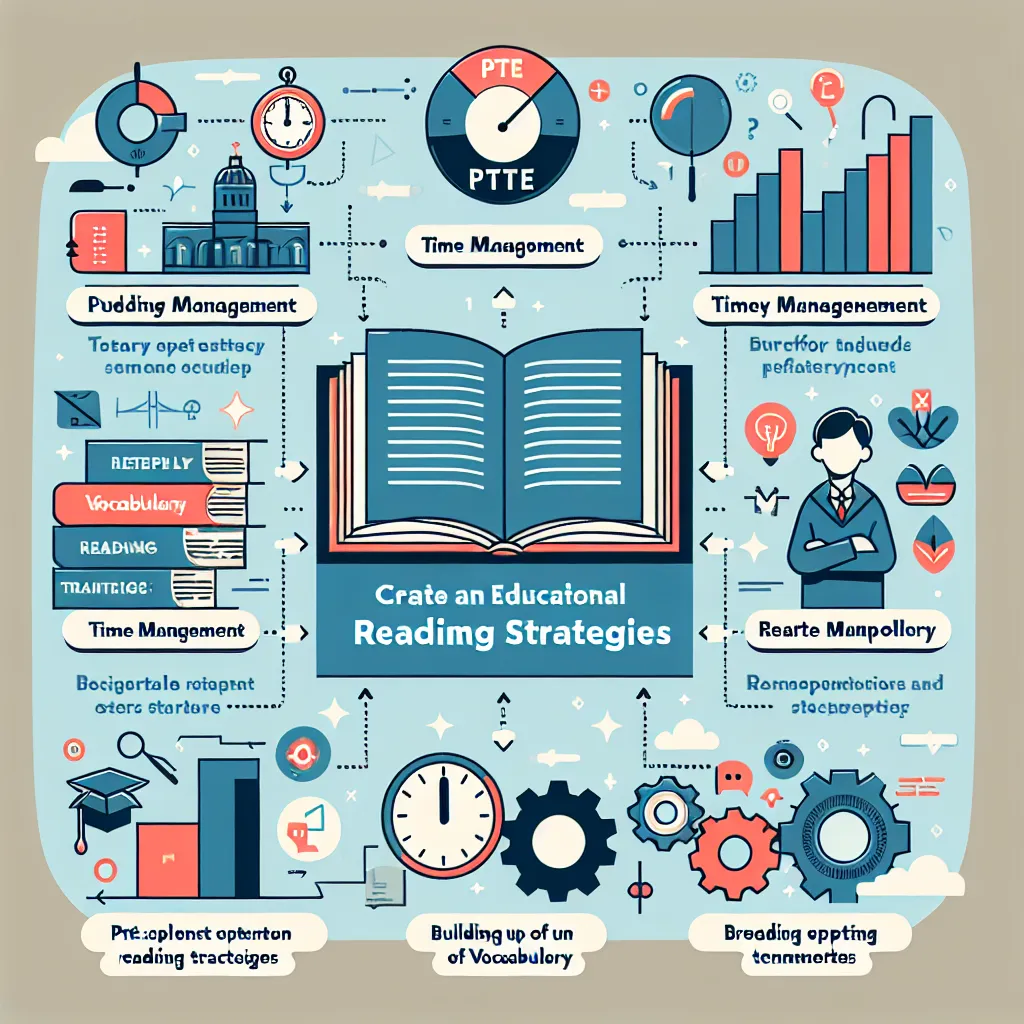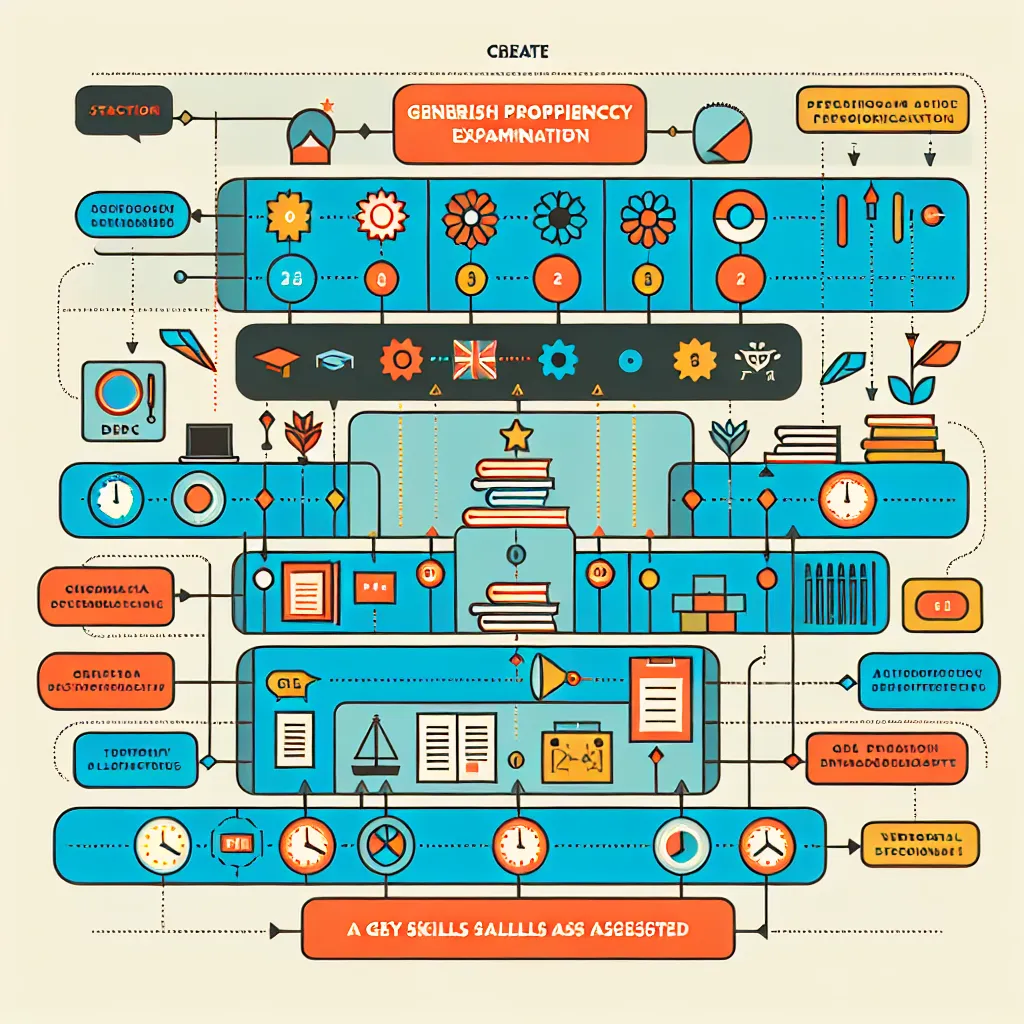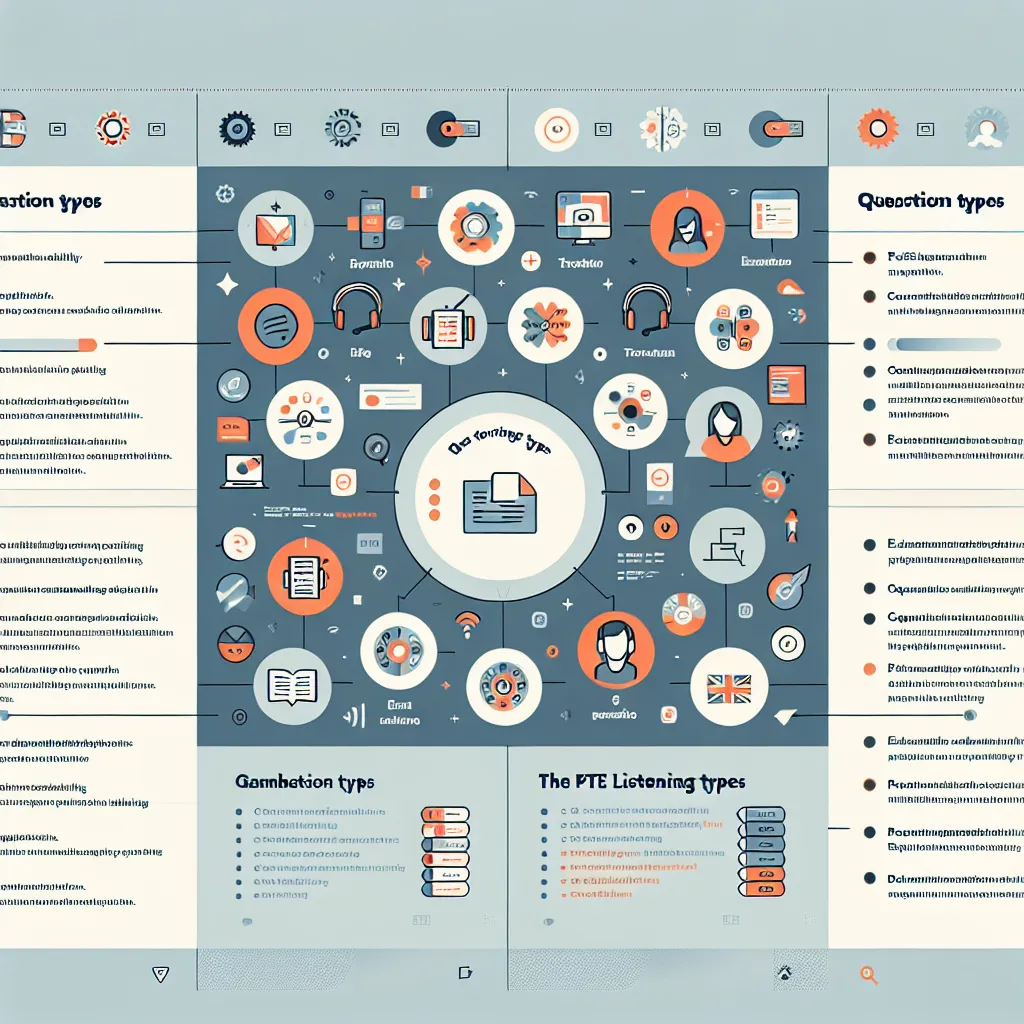The PTE Reading section is a crucial component of the Pearson Test of English Academic, designed to assess your ability to comprehend written English in an academic context. As an experienced PTE instructor and content creator at LearnEnglish.NET, I’ll guide you through the key areas to focus on to excel in this section.
 PTE Reading Preparation
PTE Reading Preparation
Understanding the PTE Reading Section
The Reading section of the PTE Academic test comprises approximately 15-20 questions and takes about 32-41 minutes to complete. It’s essential to familiarize yourself with the various question types and develop strategies to tackle them efficiently.
Question Types in PTE Reading
- Multiple Choice (Single Answer)
- Multiple Choice (Multiple Answers)
- Re-order Paragraphs
- Fill in the Blanks
- Reading & Writing: Fill in the Blanks
Understanding these question types is crucial for effective preparation. Let’s delve into what you should focus on for each type.
Key Focus Areas for PTE Reading Success
1. Vocabulary Enhancement
Expanding your vocabulary is paramount for success in the PTE Reading section. Focus on:
- Academic word lists
- Contextual understanding of words
- Synonyms and antonyms
- Collocations and idiomatic expressions
Tip: Create flashcards or use vocabulary apps to learn new words daily.
2. Reading Comprehension Strategies
Develop effective reading strategies to quickly grasp the main ideas and details:
- Skimming for general understanding
- Scanning for specific information
- Identifying topic sentences and main ideas
- Recognizing supporting details
Practice: Read academic articles and summarize them in your own words to improve comprehension speed and accuracy.
3. Time Management Skills
With limited time for each question, efficient time management is crucial:
- Allocate time wisely for each question type
- Practice with timed mock tests
- Learn when to move on from difficult questions
Remember: It’s better to attempt all questions than to spend too much time on a single difficult one.
4. Paragraph Organization
For Re-order Paragraphs questions, focus on:
- Identifying topic sentences
- Recognizing logical connections between paragraphs
- Understanding coherence and cohesion in text
Exercise: Practice arranging scrambled paragraphs from academic texts or news articles.
5. Contextual Understanding for Fill in the Blanks
To excel in Fill in the Blanks questions:
- Pay attention to surrounding context
- Understand grammatical structures
- Recognize word forms (nouns, verbs, adjectives, etc.)
- Be aware of collocations and common phrases
Tip: Read extensively to develop a natural feel for language patterns.
Specific Strategies for Each Question Type
Multiple Choice Questions
- Read the question carefully before looking at the text
- Eliminate obviously incorrect options
- Look for keywords in the question and text
- Be cautious of distractors that may seem correct at first glance
Re-order Paragraphs
- Identify the introductory and concluding paragraphs
- Look for transitional phrases and logical connectors
- Ensure a coherent flow of ideas
Fill in the Blanks
- Read the entire passage first to understand the context
- Consider grammar rules (e.g., subject-verb agreement, tenses)
- Look for clues in surrounding sentences
- Trust your instincts on what “sounds right” based on your language exposure
 PTE Reading Strategies
PTE Reading Strategies
Common Pitfalls to Avoid
- Overthinking: Trust your initial understanding unless you have a strong reason to change your answer.
- Neglecting time management: Practice pacing yourself to ensure you attempt all questions.
- Ignoring context: Always consider the broader context when selecting answers.
- Lack of practice: Regular, focused practice is key to improving your performance.
Next Steps for PTE Reading Mastery
- Take a diagnostic test to identify your weaknesses.
- Create a study schedule focusing on your areas for improvement.
- Use official PTE practice materials and reputable study guides.
- Engage in regular reading of academic texts to build familiarity with complex language.
- Practice with timed mock tests to simulate exam conditions.
Remember, consistent practice and a strategic approach are key to success in the PTE Reading section. Focus on understanding rather than memorization, and always aim to improve your overall English language skills alongside test-specific strategies.
By following these guidelines and dedicating time to focused practice, you’ll be well-prepared to tackle the PTE Reading section with confidence. Good luck with your preparation!




